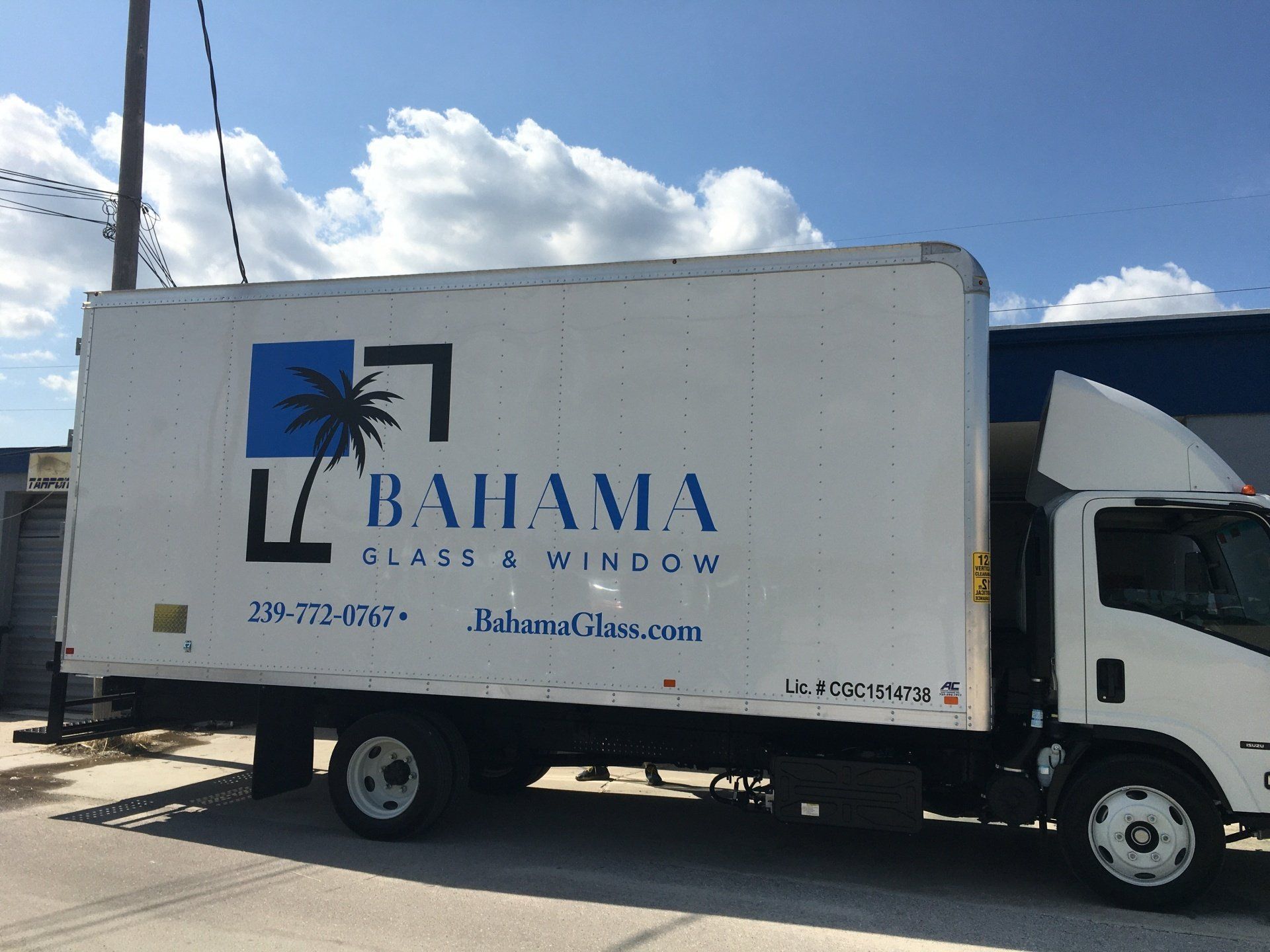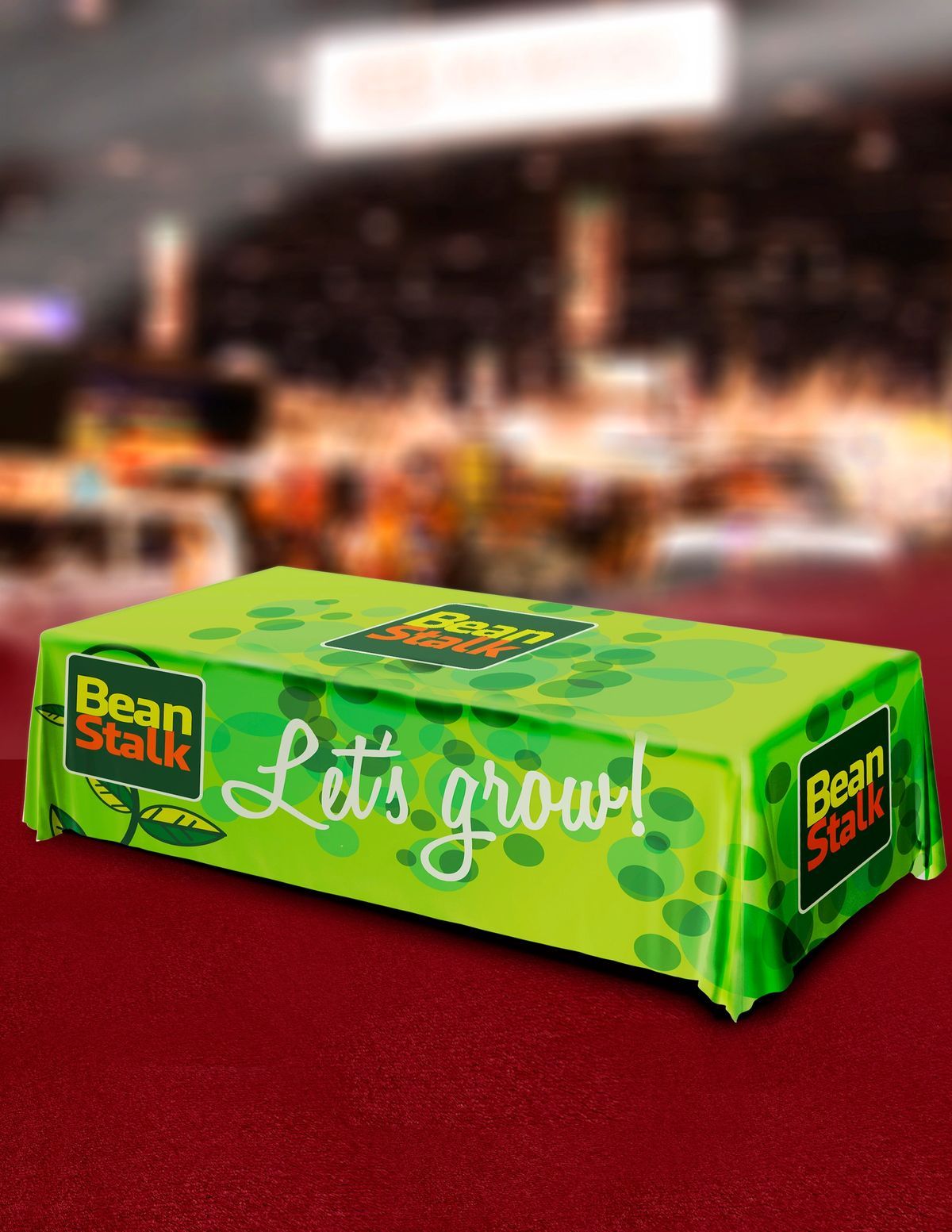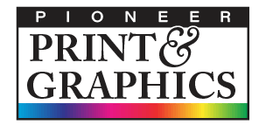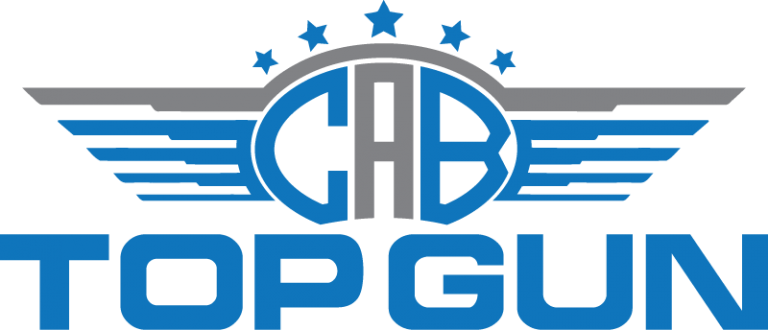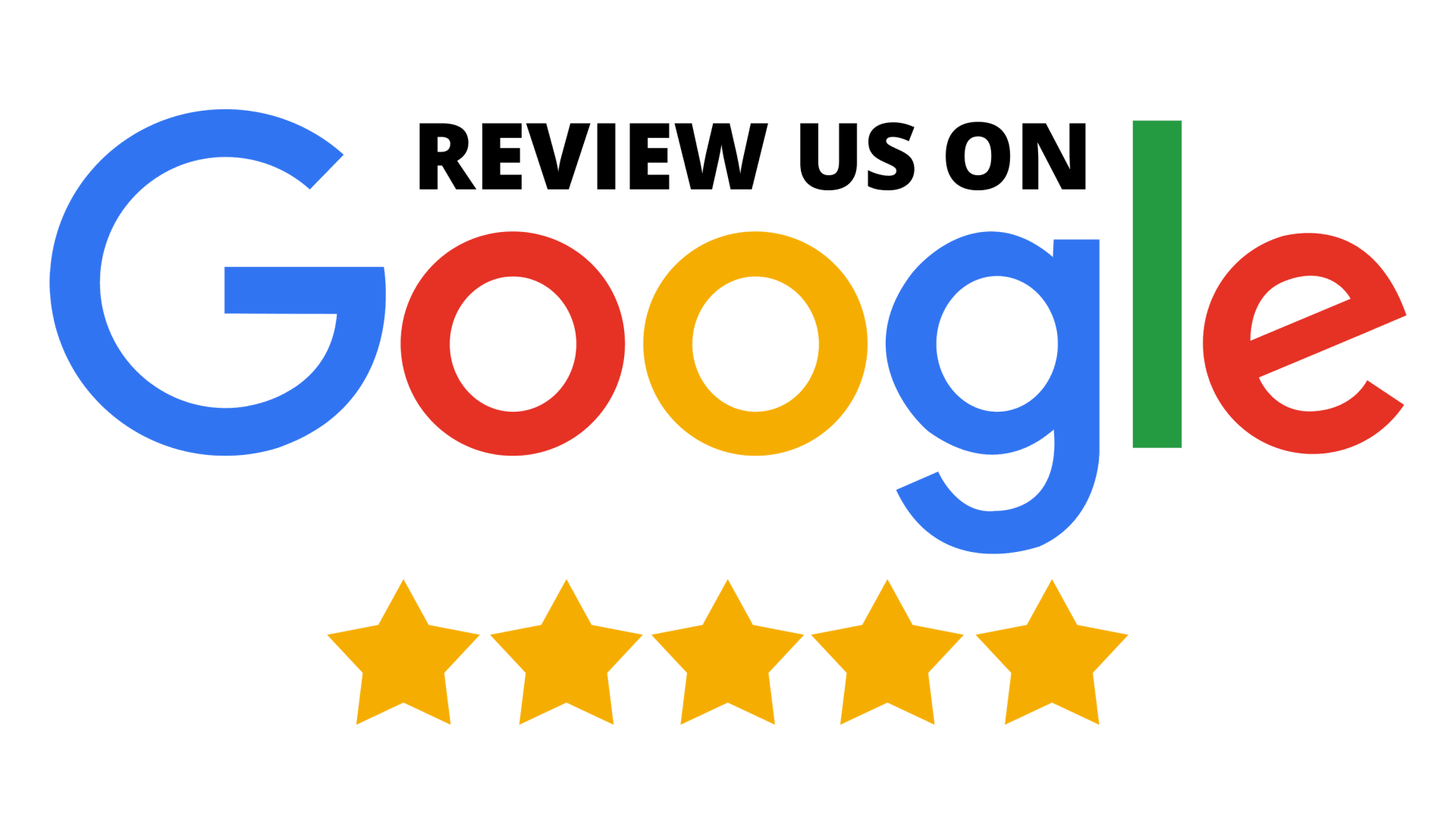Digital Printing Versus Offset Printing
Digital Printing vs. Offset Printing
Are you new to the logistics of direct marketing?
You might find yourself asking: “What is the difference between digital printing and offset printing?” and “How is the difference between these two printing services going to affect my business’s direct marketing pieces?”
From deciphering paperweight conversions to selecting the right finish for your product, a lot goes into commercial printing for your business.
It can be confusing for business owners and marketing professionals who want to get their brand out into the world. That’s why our blog serves to provide you with the answers you need to get started.
Today we’ll be talking about the differences between digital printing and offset printing.
DIGITAL PRINTING
According to Xerox.com, digital printing is the “process of printing digital-based images directly onto a variety of media substrates – paper, photo paper, canvas, fabric, synthetics, cardstock, and other substrates.”
Digital printing allows for on-demand printing, short turnaround time, and even a modification of the variable data (image or text) used for each impression. It’s extremely effective for small quantity runs and last minute jobs.
To simplify the term digital printing, here’s an easy example. If you created a PDF on your computer and wanted to print it, you could send your digital file directly to a digital printer. That’s because digital printing is able to print digital files without the need to create a printing plate.
Now, you might ask, what is a printing plate?
A printing plate, used in traditional printing methods, is a metal plate that is used to transfer an image composed of ink onto the available paper stock. A chemical, or laser engraved process, places the image on the metal plate. The offset press uses this metal plate to transfer the image/text onto rolls or sheets of paper that are running through the press.
OFFSET PRINTING
Offset printing is ideal for large runs demanding quick turnaround and consistent quality. Metal printing plates transfer the ink design onto a rubber blanket. Then, the rubber blanket is rolled onto the paper. The term “offset” is used because the ink is not printed directly onto the paper.
There are two types of offset printing: Web offset printing and sheet-fed printing.
Web offset printing uses one large roll of paper that is continuously printed on as it runs through the offset press. This is ideal for magazines, books, and catalogs.
Whereas, sheet-fed offset printing uses sheets of paper – great for postcards, brochures, and flyers.
Of course, these products can be printed with a digital printing press. However, it’s important to keep in mind that we’re talking about substantial quantities of magazines, books, postcards, catalogs, brochures, or flyers.
Offset printing’s innovative press equipment produces top-quality color transferring. Its production is very efficient. Sheet-fed presses print up to 15,000 impressions per hour and web offset presses print up to 50,000!
Essentially, the higher the quantity of print pieces needed, the cheaper the cost of each piece. This does not affect the print or color quality during production.
In fact, offset provides the highest possible print and color quality available. It also allows for a wider selection of paper choices and custom finishes.
MAKING AN IMPRESSION
Digital Printing has its advantages. The setup is cost-effective for smaller quantity projects because there is no need to replace printing plates.
A key advantage is its ability to adjust variable data. If each of your pieces requires a unique image, code, name, or address, then digital printing will be the right service choice for your business.
This personalization is the reason digital printing services continue to be on an upward trend for 2021.
Pioneer Printing continues to invest in state-of-the-art equipment that will provide our customers with the best product possible. Our Canon Digital Press has industry-leading dry ink technology that uses no fuser oil, giving all its applications a smooth offset-like finish.
In contrast, digital print quality may differ from that of offset. However, its advanced color management technology enables vivid, consistent color rendition from page to page.
Still not sure which fits your project best? Ask yourself the following questions. If you still need help, feel free to send us a message!
Is it a small or large run?
It’s cost-effective to choose a digital printing service for a small to medium size run. If large, offset printing is the way to go.
Do you want to customize your piece?
Digital Printing allows you to make adjustments to each piece. You can update the name, the image, or the address, to perfectly match your target audience.
Do you want to print magazines or books?
Web offset printing will be the most cost-effective service for this project because of the number of pieces and the amount of pages they each contain.
Do you want to print postcards, catalogs, or brochures?
Although both services will work for these types of pieces, it depends on the quantity your business is looking to print. Offset Printing is the right service choice, for example, if your business is printing 50K postcards. However, if it’s just 500-1000 variable postcards… that’s a job for digital printing.
For more commercial printing information, you can read through our blog posts for a ton of great industry news, direct marketing guides, and informative printing tips.
——
Pioneer Printing offers digital printing, web off-set printing, and sheet-fed printing services that will surpass all your expectations. We want to remove all the hesitation and uncertainty from printing. Together, we can get your direct marketing project to the right audience.
Request a quote to get started today.
